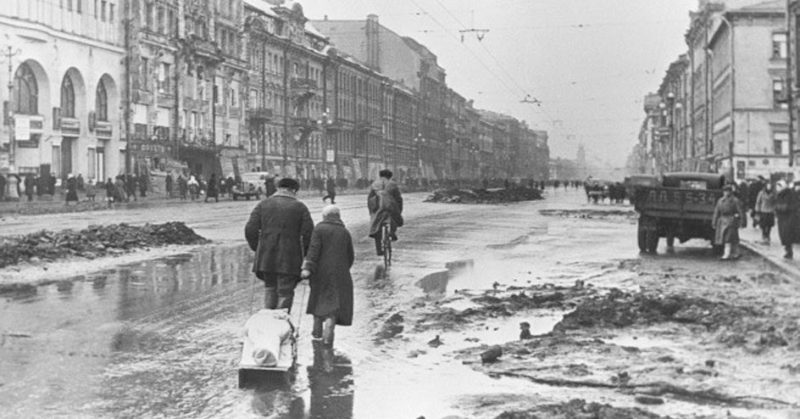In the forests of Russia’s Karelia are the decaying remnants of concrete bunkers. They stretch in a line from the Gulf of Finland to Lake Ladoga.
During World War II, the bunkers were part of the so-called Stalin Line and were the defensive line held back the Finnish Army, which participated with the Germans in the siege of Leningrad.
Now, these bunkers are a threat, according to environmentalists.
The St. Petersburg chapter of the Bellona environmental NGO has found radiation in some of the bunkers that exceeds 1,000 times background levels. Alpha particle radiation level actually exceeded the limits of their equipment – 30,000 particles per square centimeter per minute.
They had no electricity in the bunkers, so they painted panels with fluorescent paint according to Aleksei Shchukhin, a specialist on radiation with Bellona. Those panels are causing a serious problem.
The bunkers were built in the 1920s and 1930s. They were updated in the 1950s. They were abandoned in the 1990s. Now they are an attraction to hikers, history fans, children and homeless people. Some have served as the foundations of new homes. Others were used to preserve fruits and vegetables.
By Bellona’s estimates, tens of thousands of people have visited the bunkers after the military abandoned them. There are 230 bunkers – it’s not clear how many suffer from the radiation problem.
The problem was first noticed by accident last year. Members of North-West, an organization that searches for human remains and artifacts of the war, went to a bunker to take pictures.
One of the members had a radiation detector, and he brought it with him on a whim. North-West volunteers often lead tours in the bunkers.
Activists are ringing the alarm bells, but authorities have been slow to respond. They say that the bunkers are not leaking radiation into the environment.
Activists say that that approach ignores the people who are being exposed to high levels of radiation in the bunkers.
“All of these bunkers are open,” activist Shchukin said. “They are accessible to children and all the other residents of Leningrad Oblast. People go there without knowing the danger. There are no signs that these are radioactive objects. They are not closed.”
The head of the testing laboratory of Leningrad Oblast Legislative Assembly’s Ecology Commission, Sergei Gribalyov, said that his experts have confirmed the findings of Bellona.
Gribalyov intends to ask the commission to perform a full study. It is expensive to do and has to be performed by specialists. He isn’t confident it will happen, though. There have been extensive cuts to the budgets of environmental and ecological programs, rferl.org reported.
Gribalyov is hoping the local community will step up and at least place warning signs on the bunkers or possibly even have the doors welded shut.
